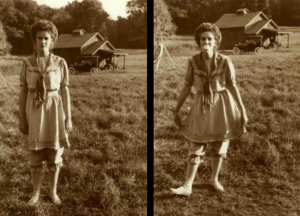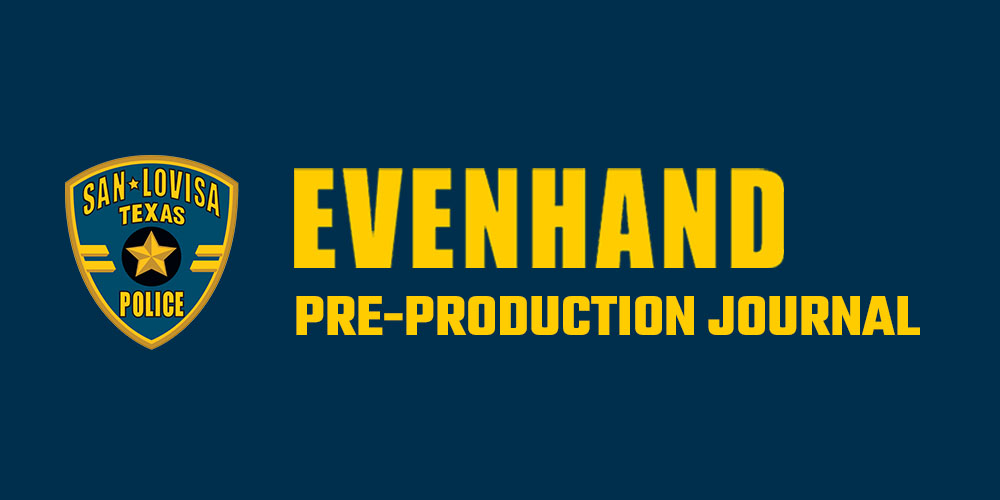
Woody Allen, Gordon Willis & me (far left) on the set of Zelig
I am often asked how I got my start in the film business. Did I study film in college? Did I go to film school? The answer is “No” on both counts.
I was a studio art major in college (with a minor in drinking and playing pool at the townie bar). Like many other students, I availed myself of the opportunity to watch lots of interesting films, new and old, foreign and domestic. I was enchanted by much of what I saw and was particularly inspired by Buñuel and Bergman, although not to the point of considering a career in film. I was perfectly content as a printmaker and painter.
My first job out of school was working for a man who fabricated sculptures for well-known artists. In the year I worked with him, we built a huge 18′ X 12′ Frank Stella wall-hanging sculpture out of bonded aluminum. It was a fascinating job, but increasingly punctuated by personality clashes. My first clue that this was not a career track was the day my boss stopped his van on the median of the Long Island Expressway so he could saw down an evergreen to use as a Christmas tree. Shortly thereafter I quit, or more precisely, screwed up to the point that I was fired.
I bummed around, not giving much thought to what I was going to do next, when one day I got a call from a college friend who was working as a location scout for Woody Allen. She knew my family had some property right outside of the city and wondered if she could take some pictures to show to Woody, who was planning a new film with a rural setting. I put her in touch with my uncle who owned the land and she snapped some panoramas. Apparently Woody liked what he saw and my friend ended up negotiating a deal to film the movie there.
I didn’t really have much to contribute to the process, other than providing my uncle’s phone numbers to the locations department. But, when it came time to assemble a crew for the film, the production manager offered me a job as a production assistant. Thoroughly amused by the prospect of spending the summer working on a Woody Allen film, and having no other job offers, I readily accepted.

Julie Hagerty on the set of A Midsummer Night’s Sex Comedy
The film was A Midsummer Night’s Sex Comedy, shot during the summer and fall of 1981. And the experience was life-changing. Since we shot almost the entire film on location in the country, there was relatively little to do as a production assistant. There were no crowds to control — other than the occasional stray jogger or horse-back rider — and none of the usual racing around town in vans from one location to the next. One of my primary functions was to take lunch orders from Woody, Gordon Willis (cinematographer) and the 1st AD, fetch the food from the deli in North Tarrytown and deliver it to the basement of the Catholic church where Woody screened dailies every day. I thus found myself in an elite group: those that get to see dailies on a Woody Allen film. None of the actors (not even Mia Farrow) or other crew were ever invited.
Much of my summer was spent watching the mechanics of movie making and asking questions of every member of the crew. And since I got to see the results of the previous day’s work at dailies every day, I had a unique opportunity to learn the basics of filmmaking from two masters of the craft: Woody Allen and Gordon Willis.
As the production was drawing to a close, I heard rumors that Woody was planning another movie which was to start filming almost immediately. I asked the production manager if I could be considered for a PA position on that one as well. He gave me a job on that film, Zelig, and the next two as well: Broadway Danny Rose and The Purple Rose of Cairo. Those four films provided an endless array of lessons on filmmaking, countless opportunities to watch great actors at work, innumerable amusing anecdotes and the basis for a career as a filmmaker. I can’t imagine a film school that could have taught me more.
– Joseph Pierson



